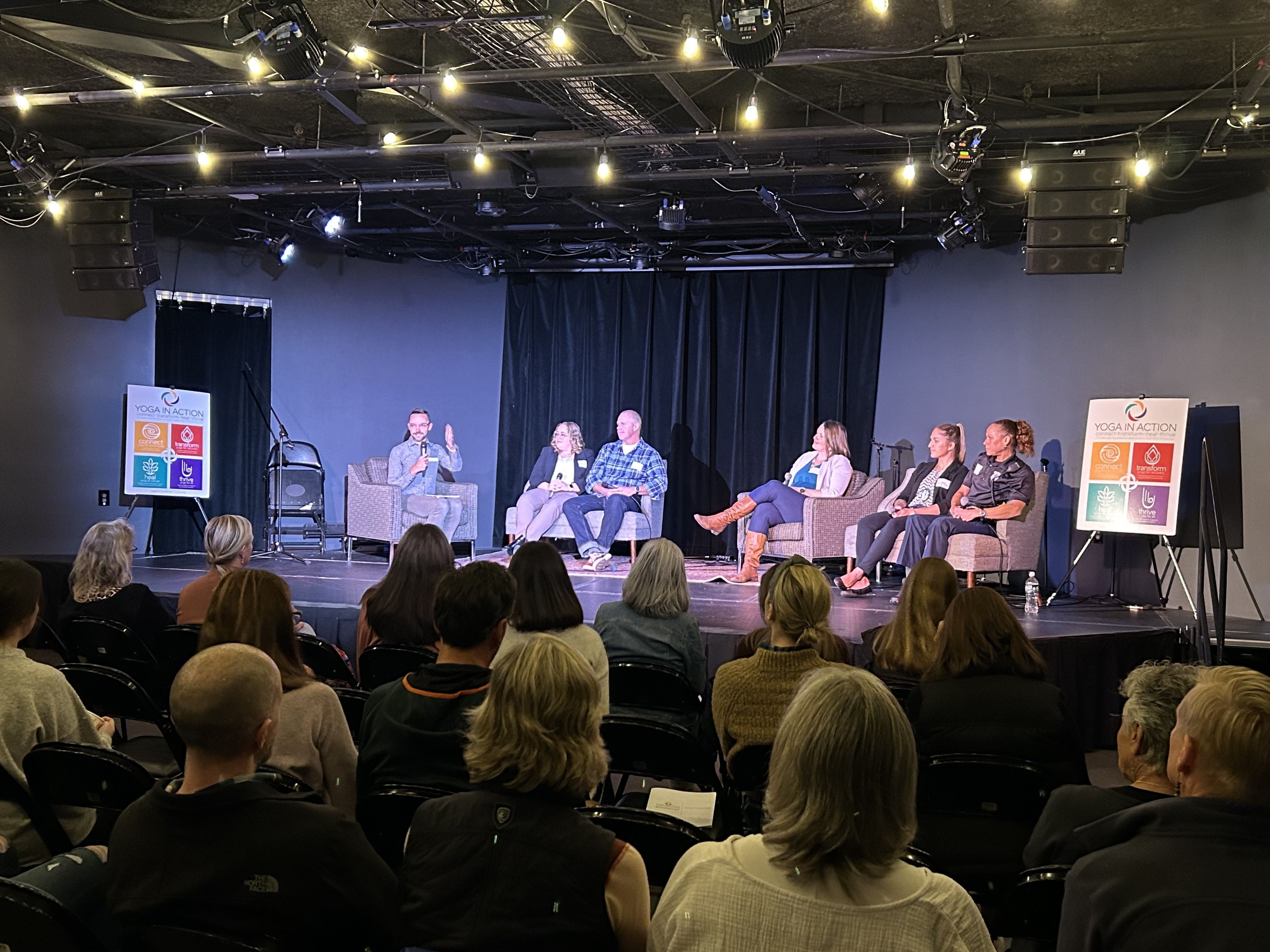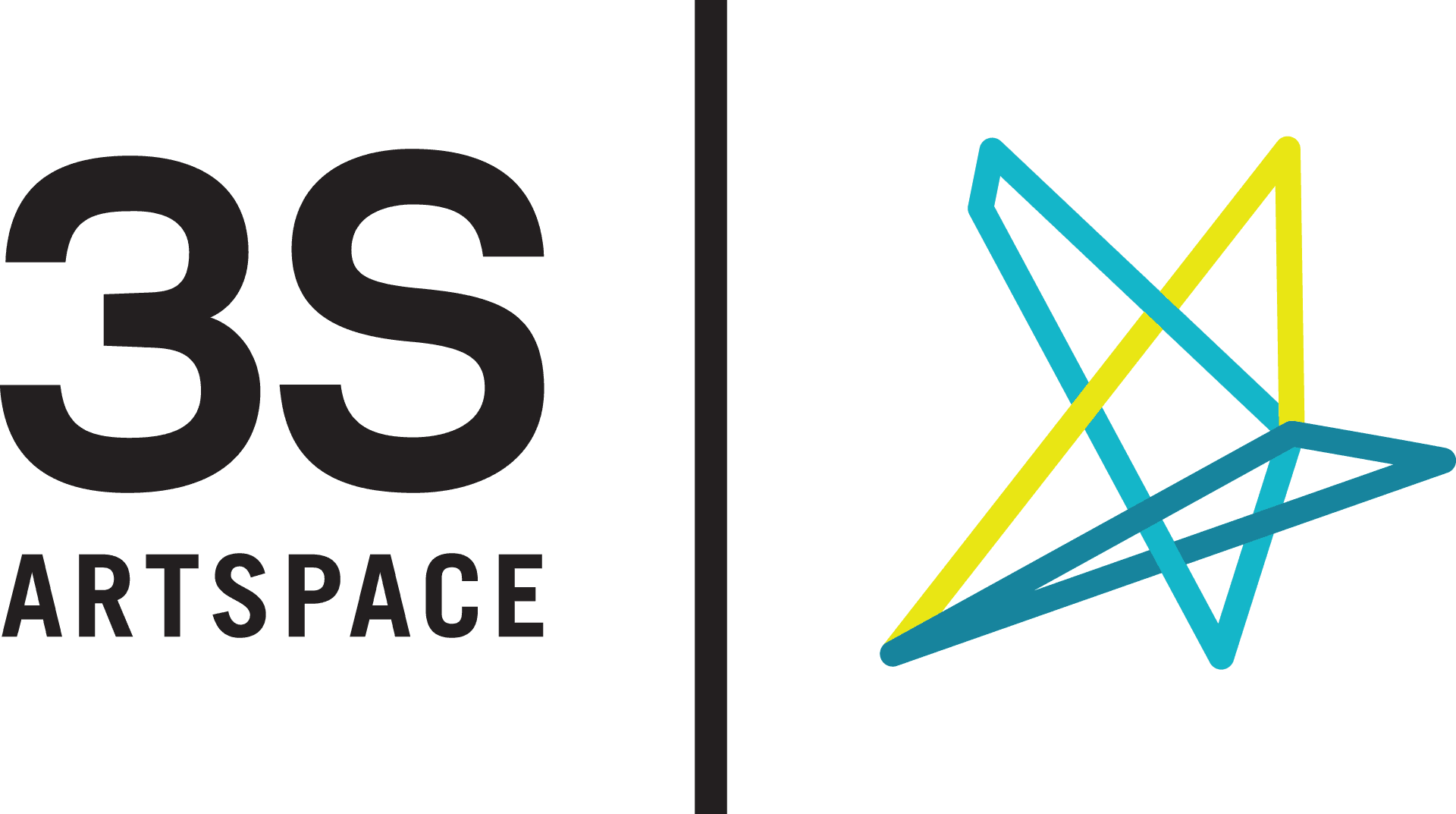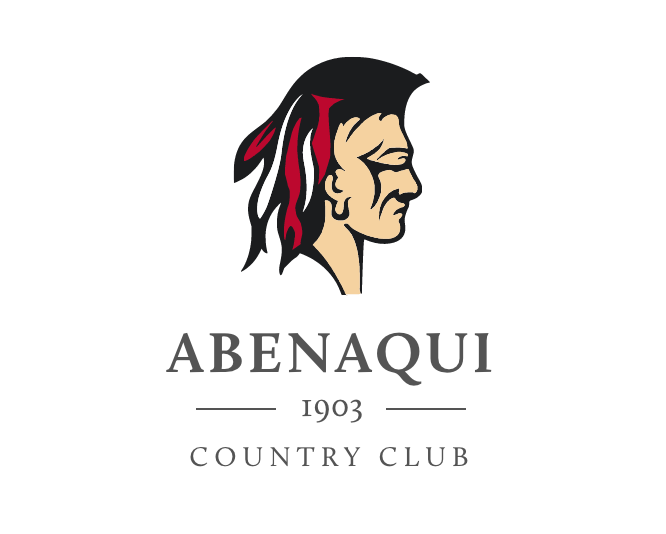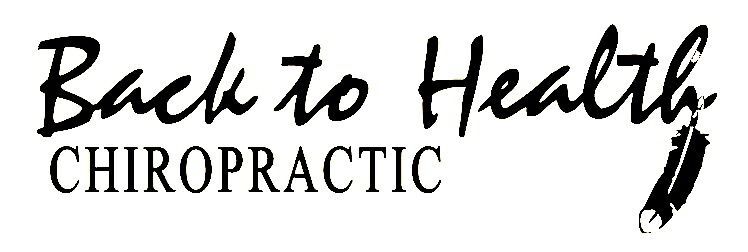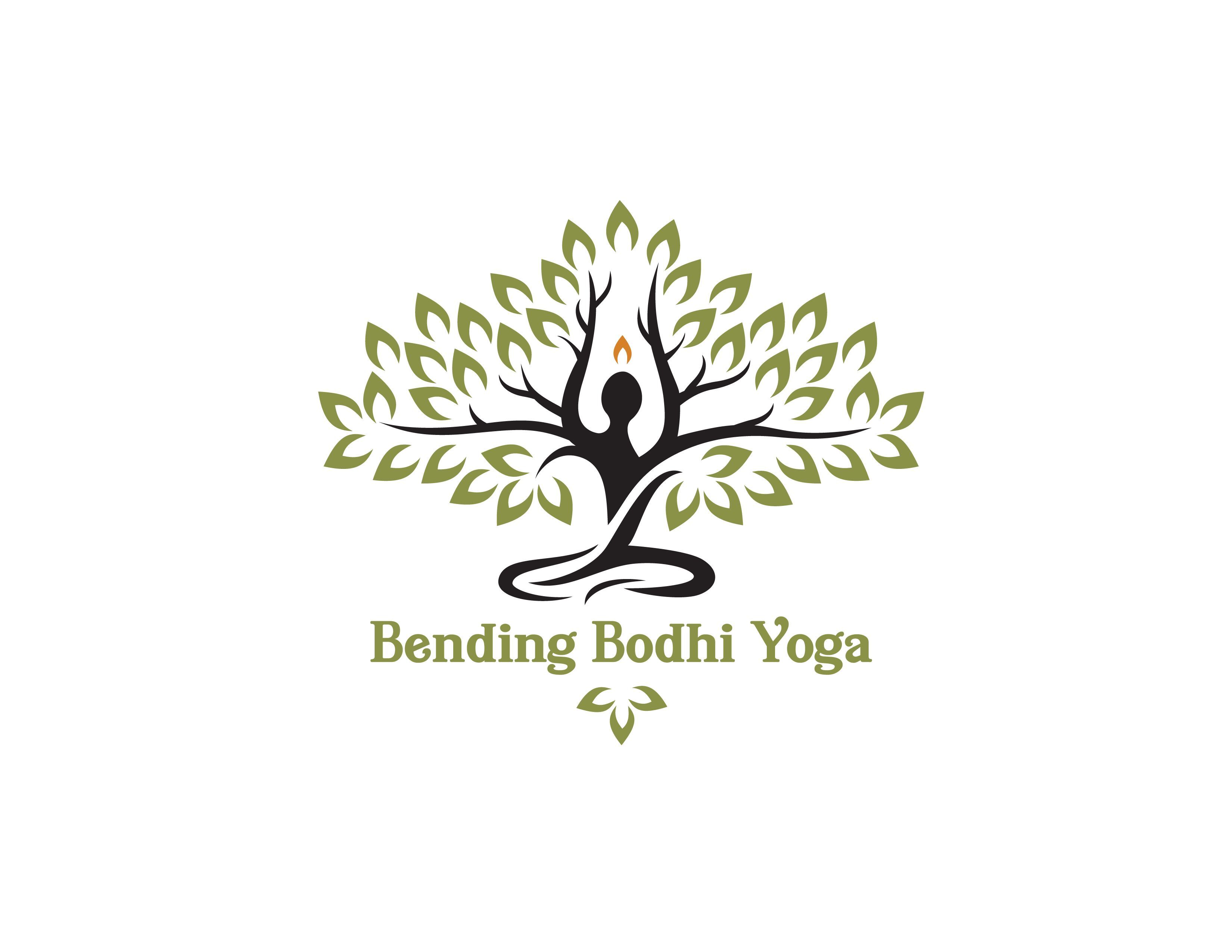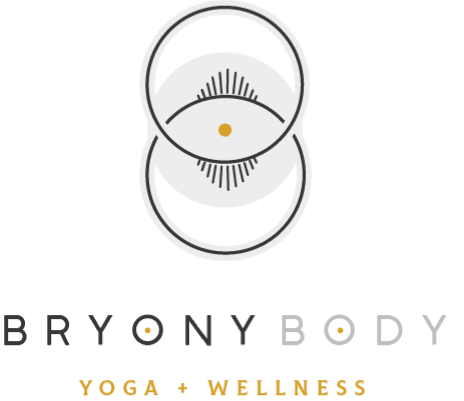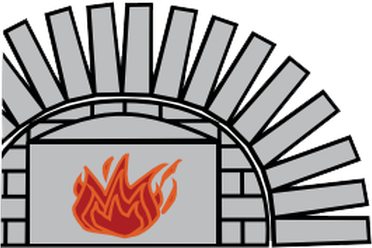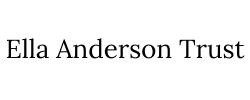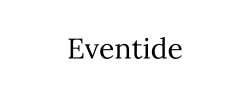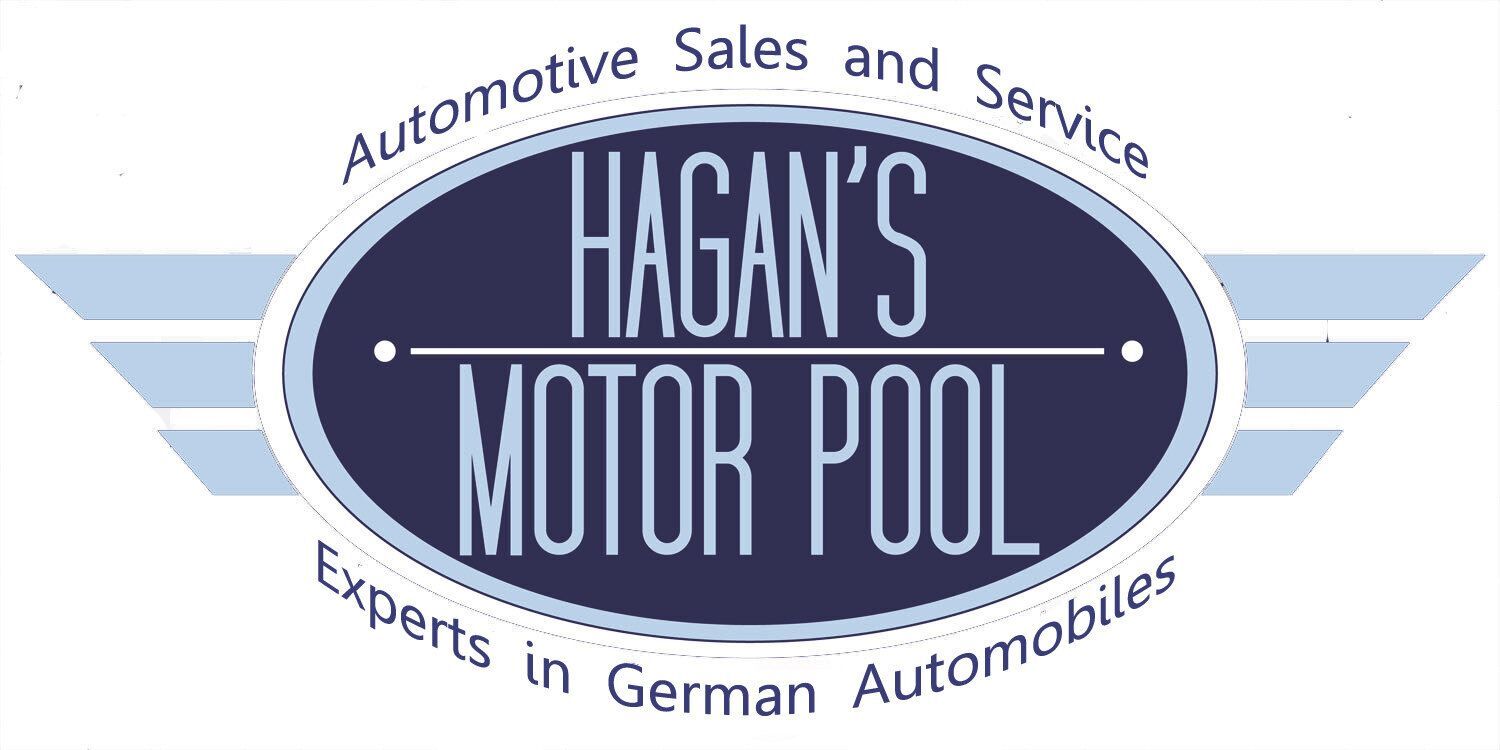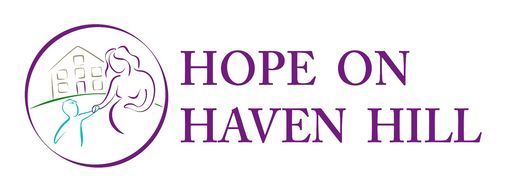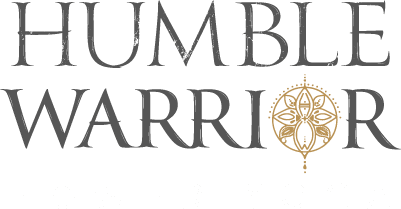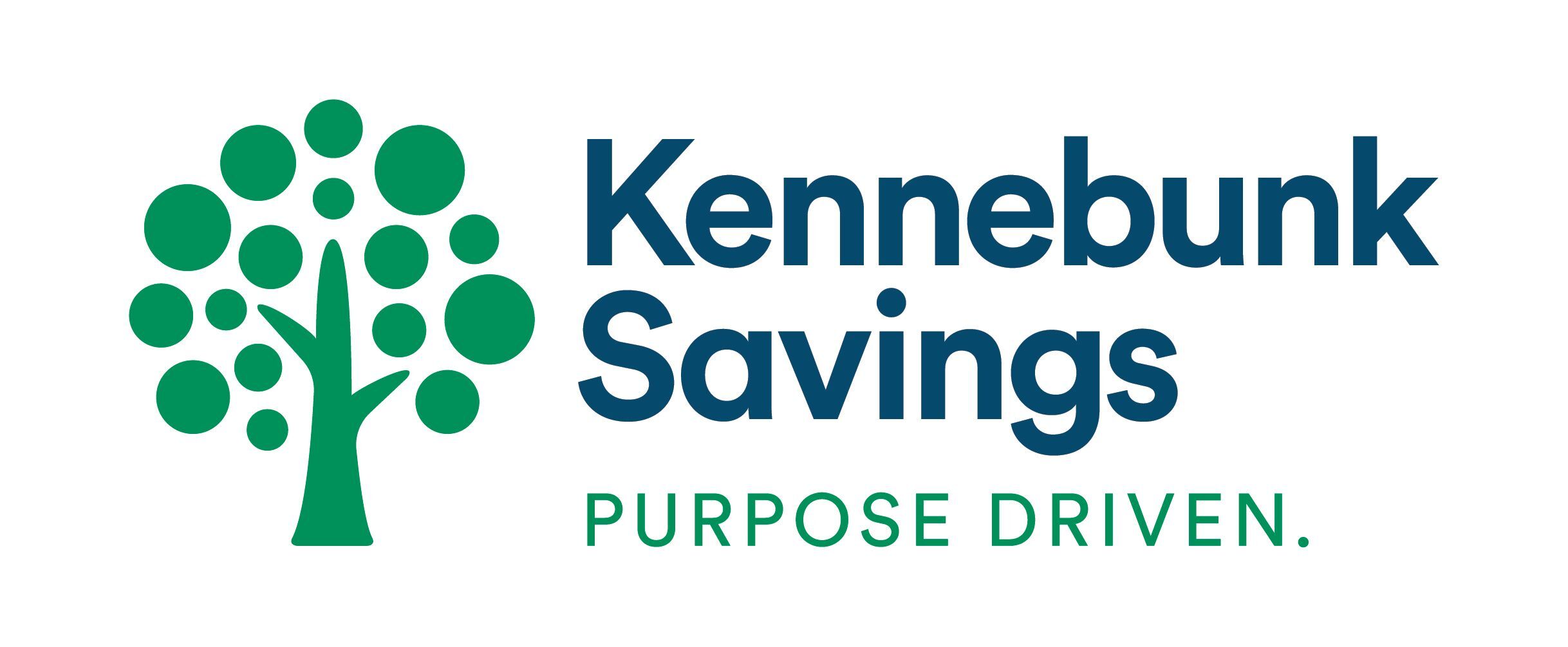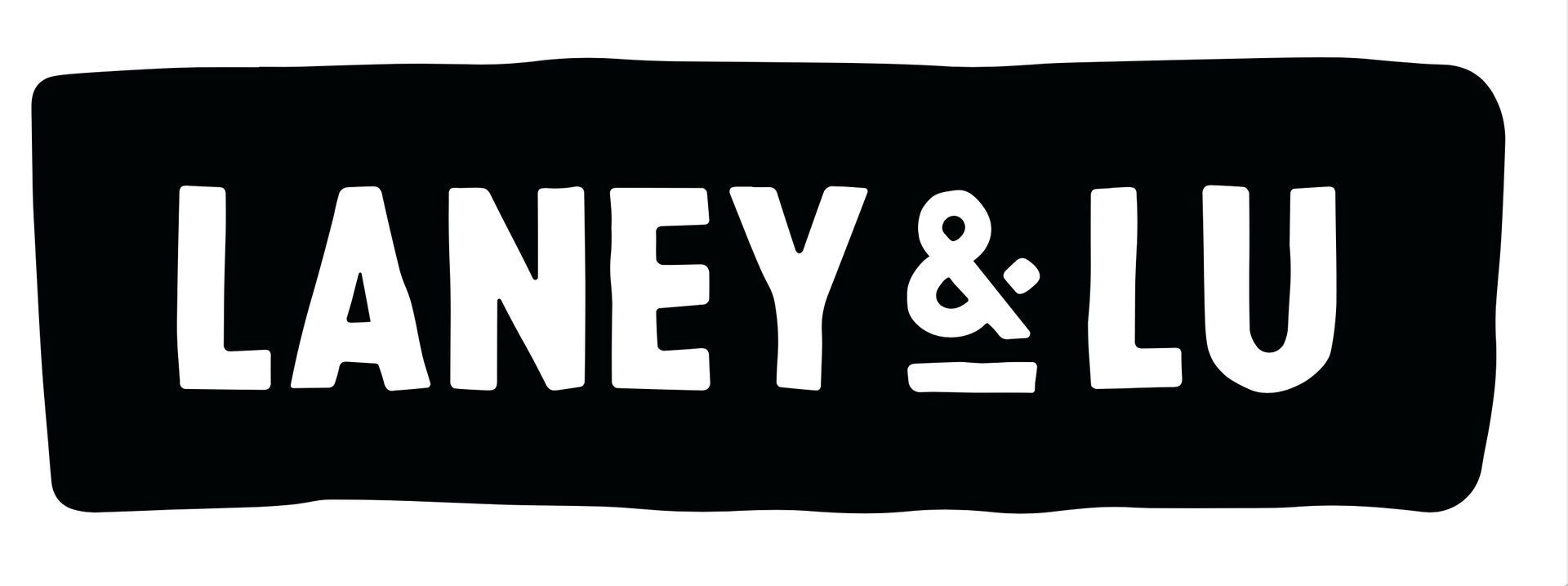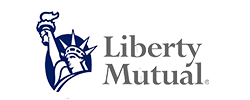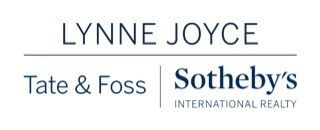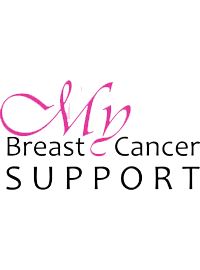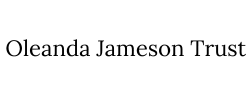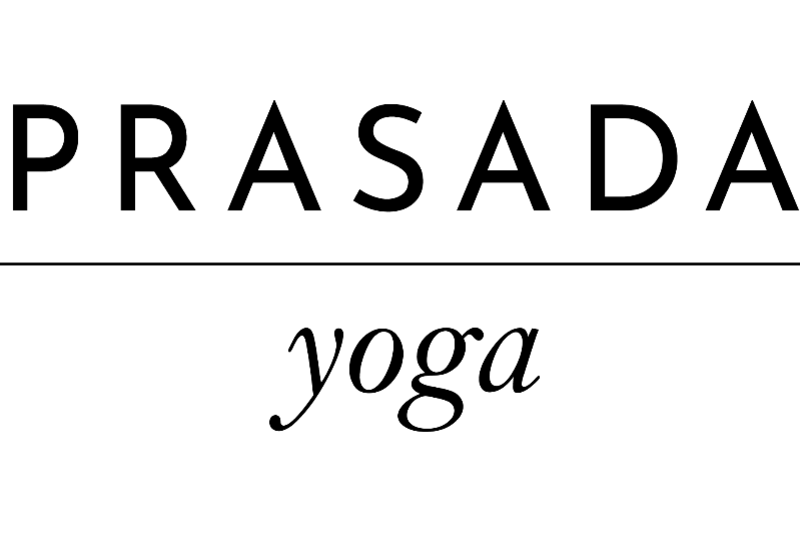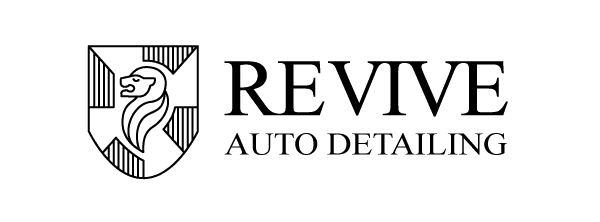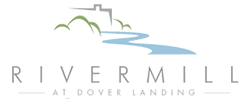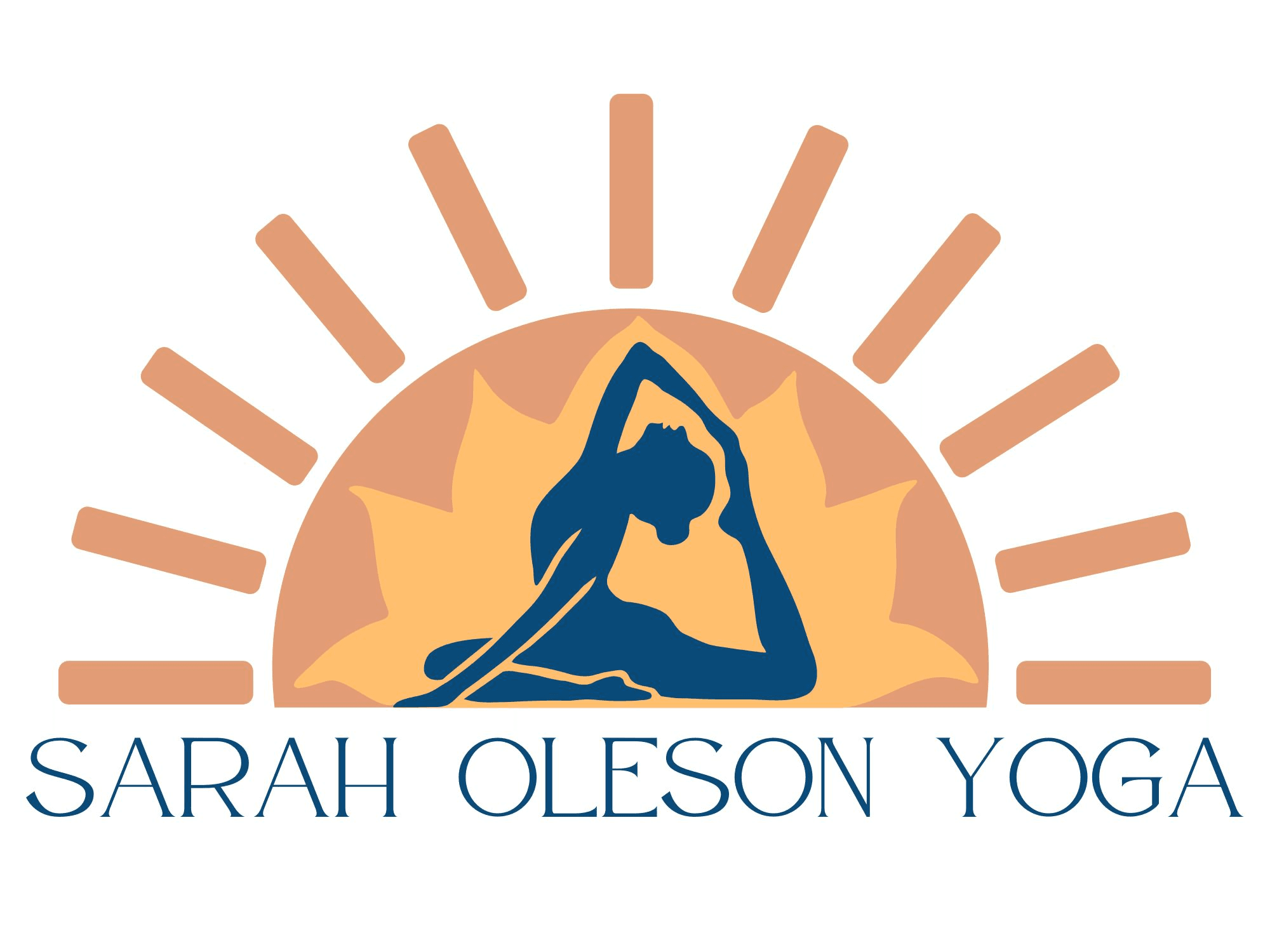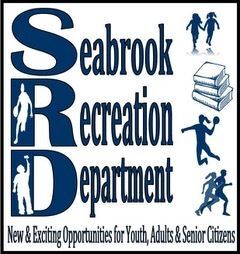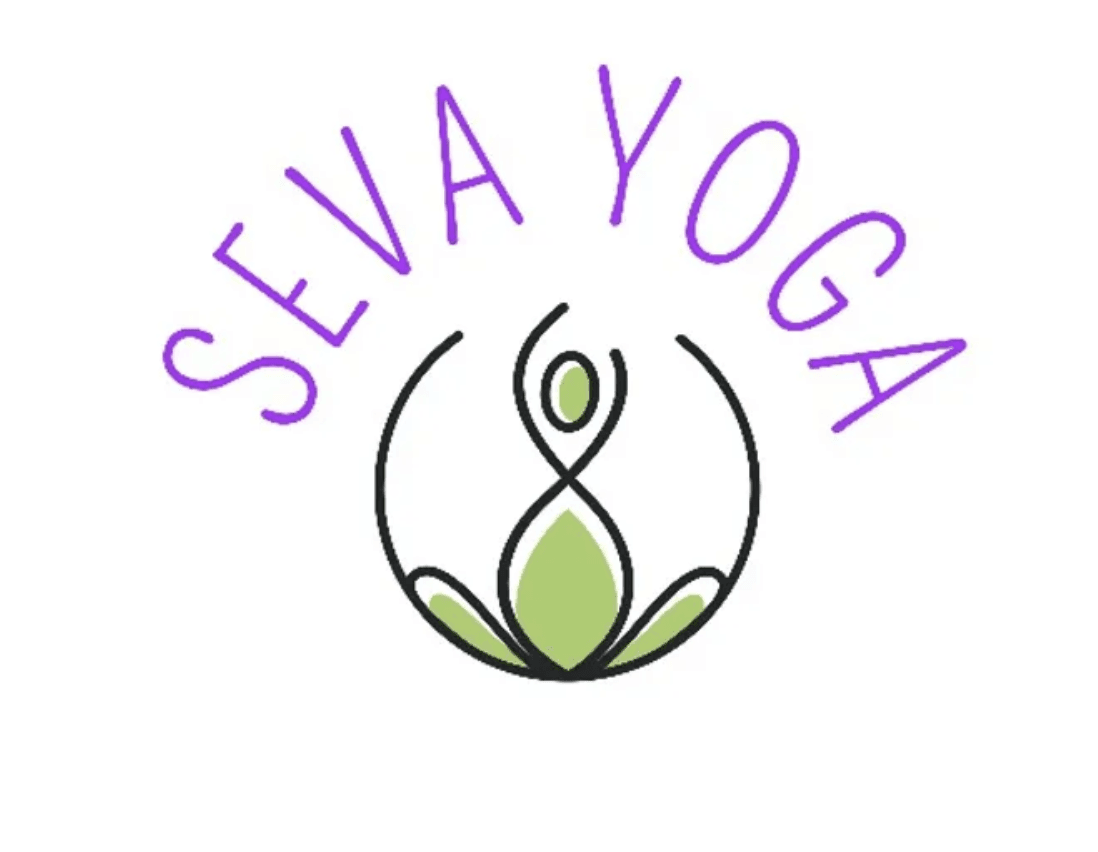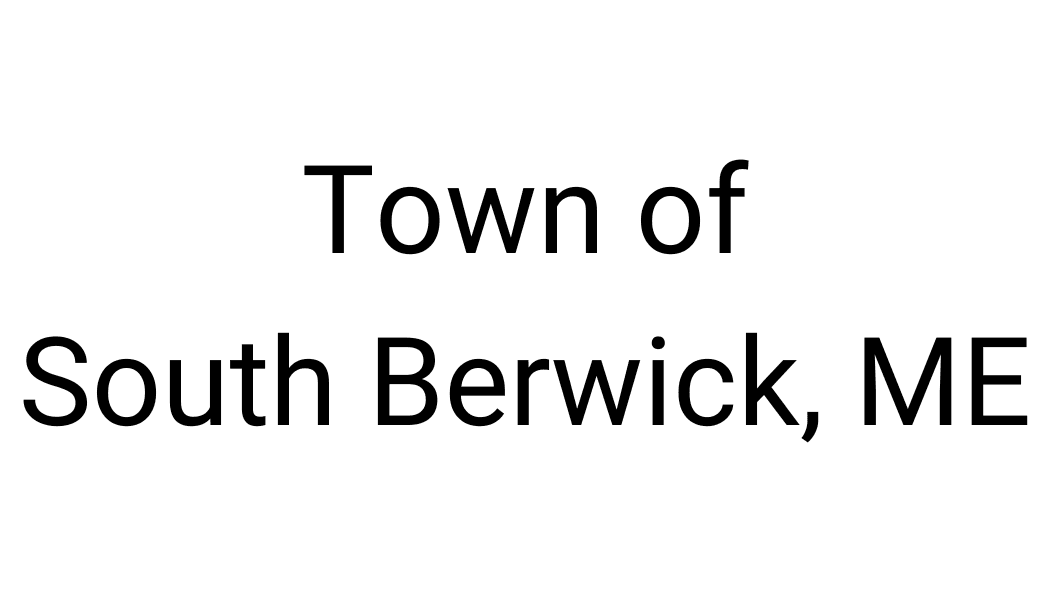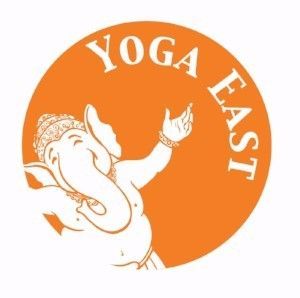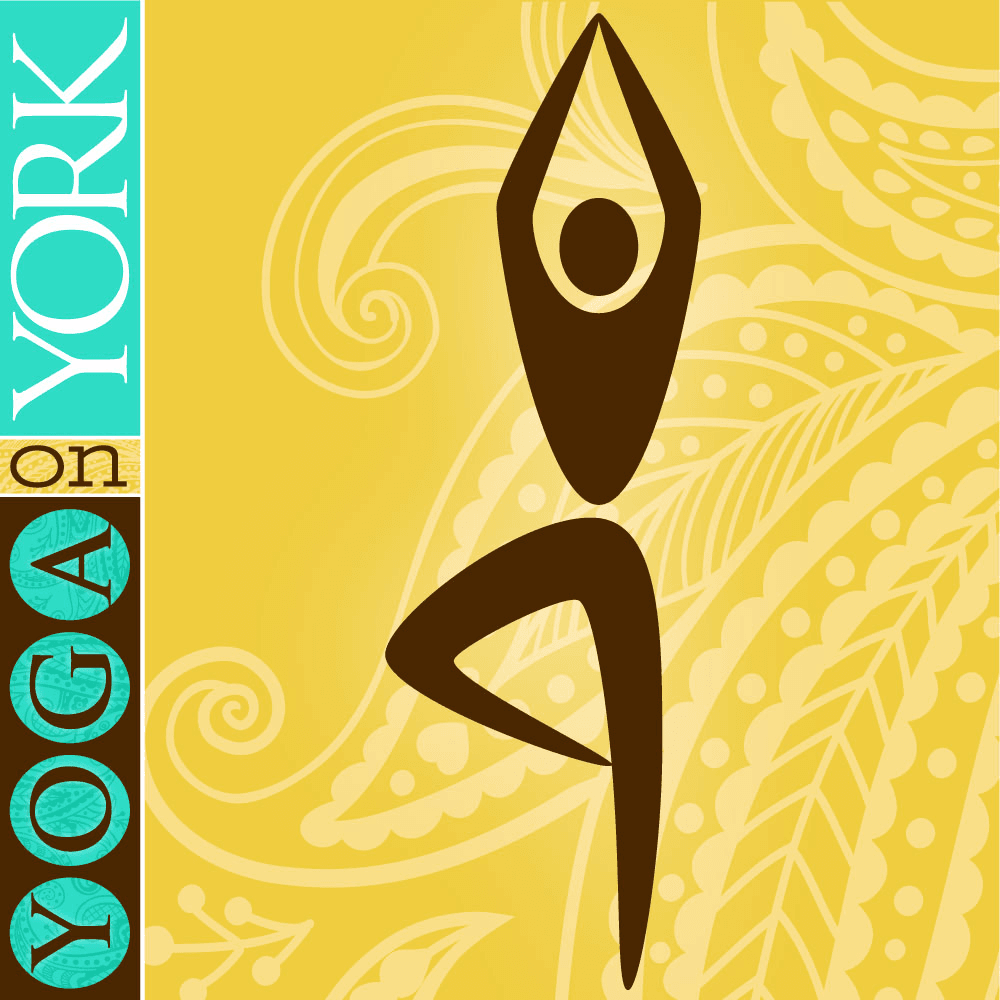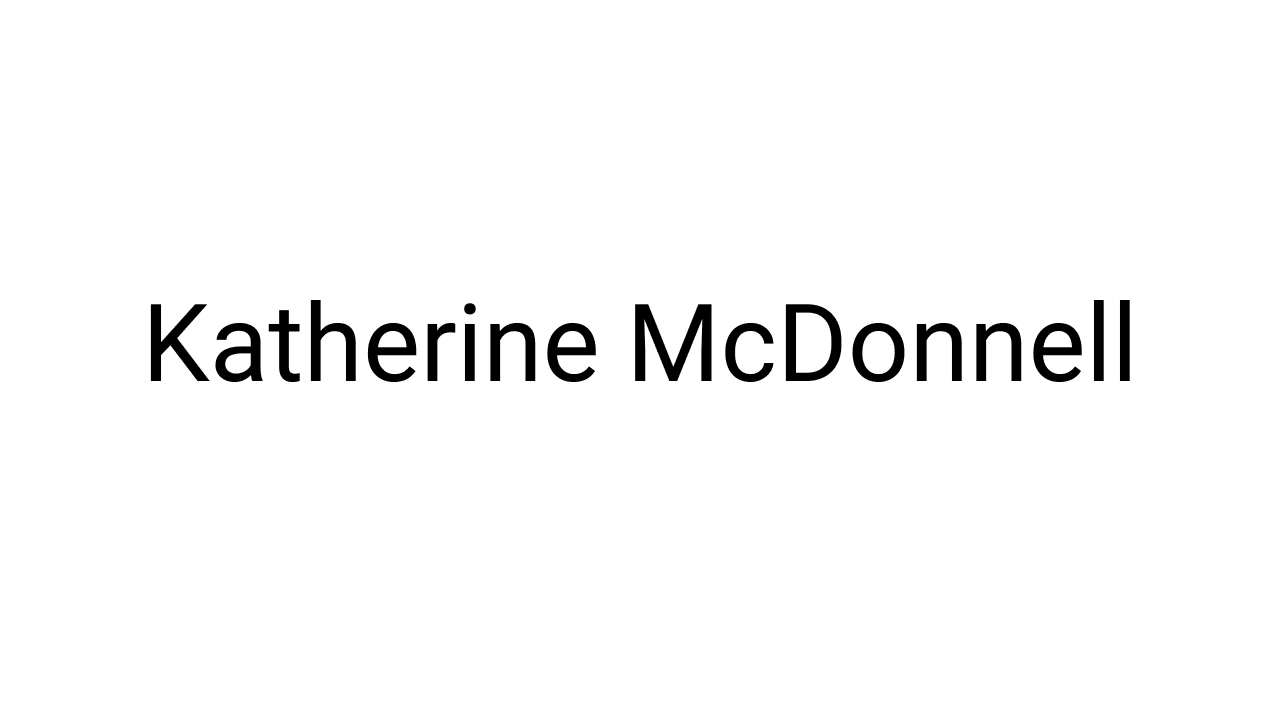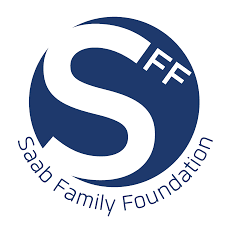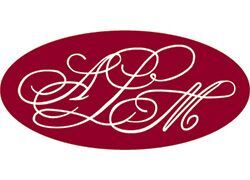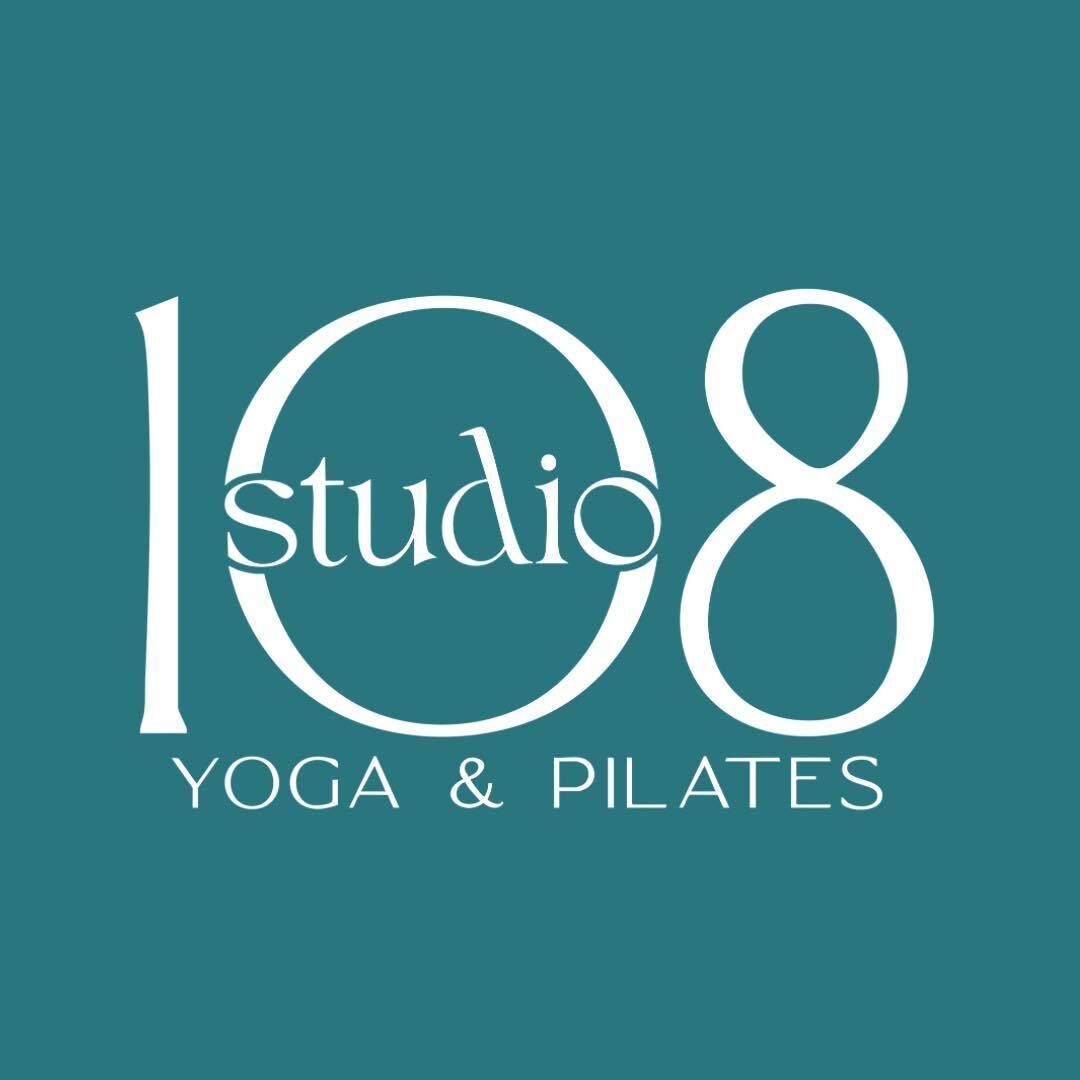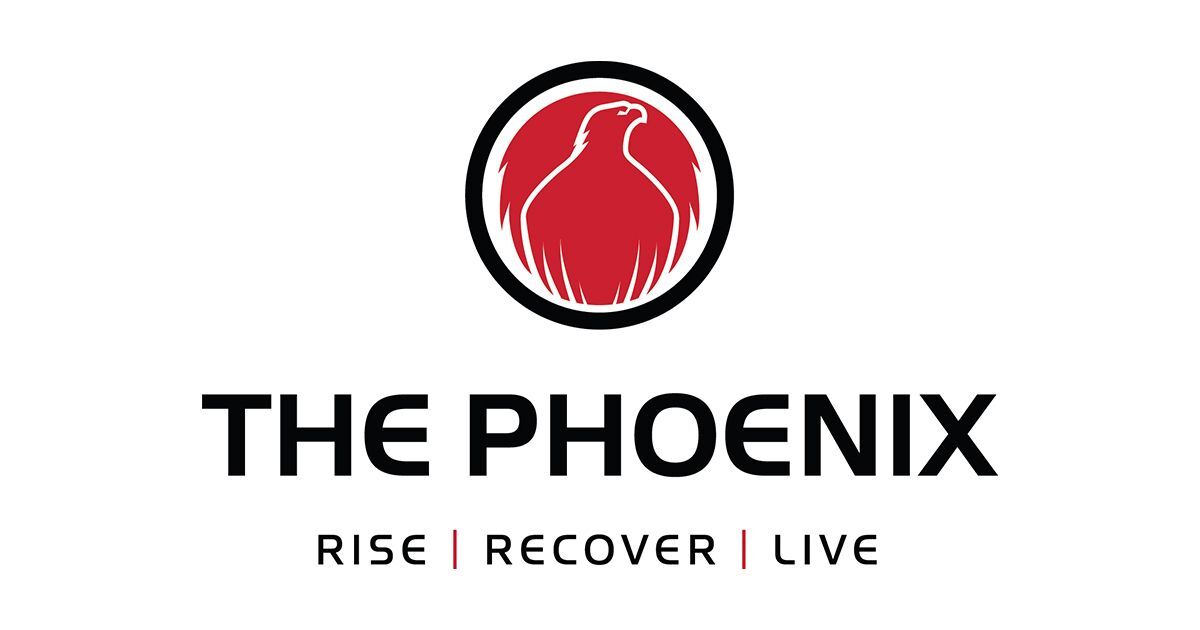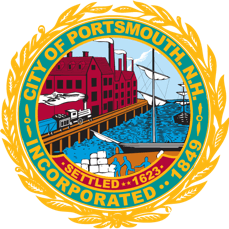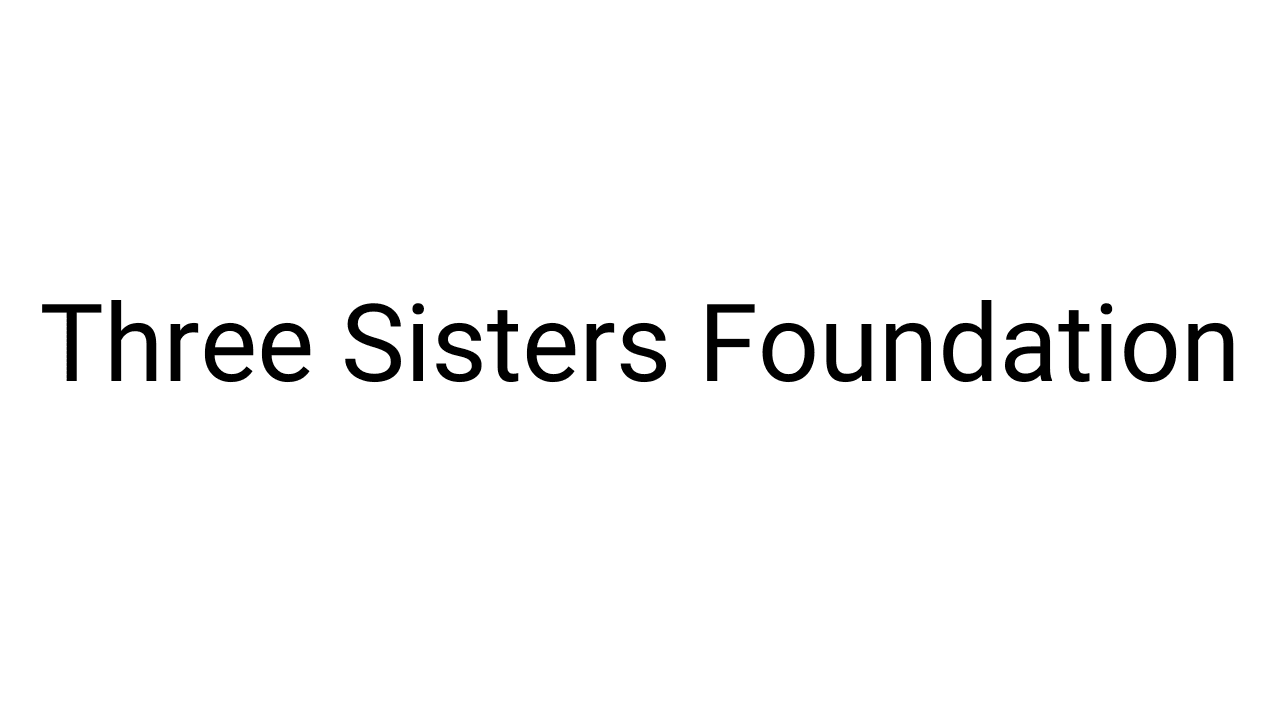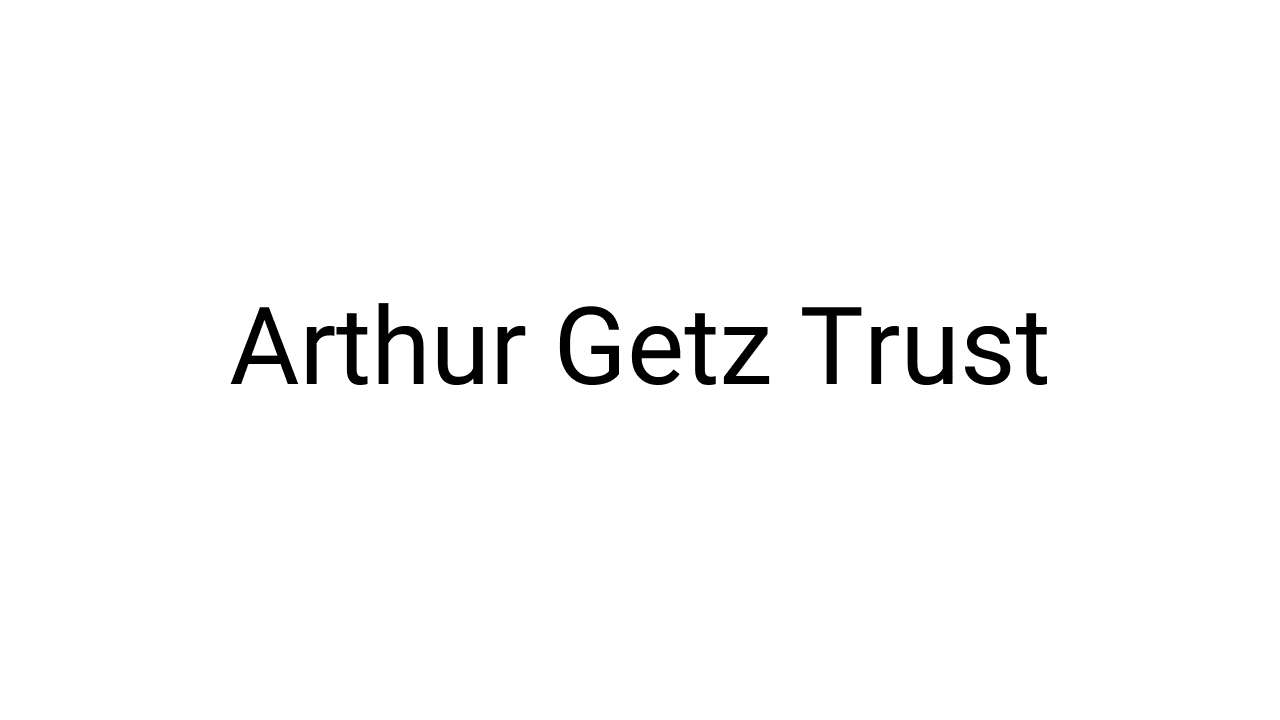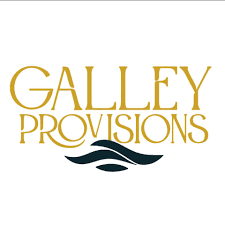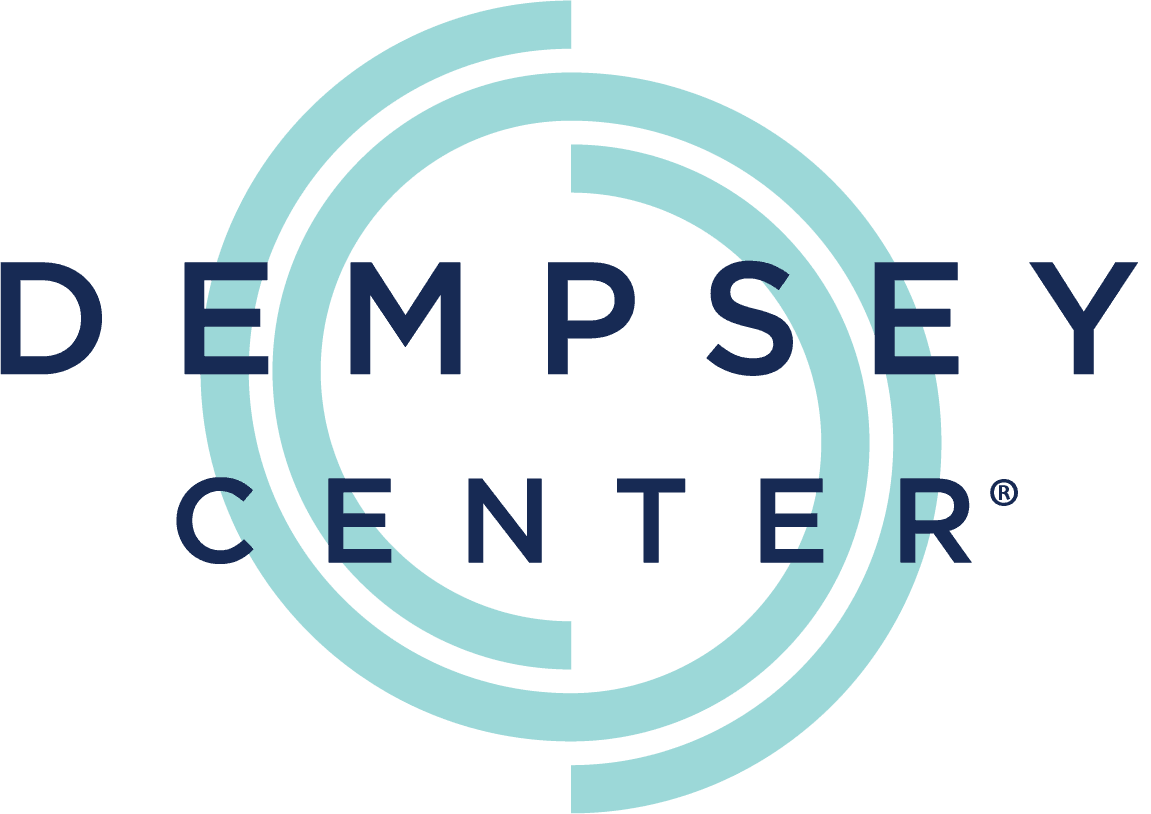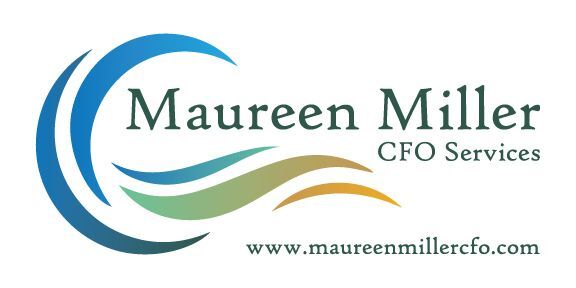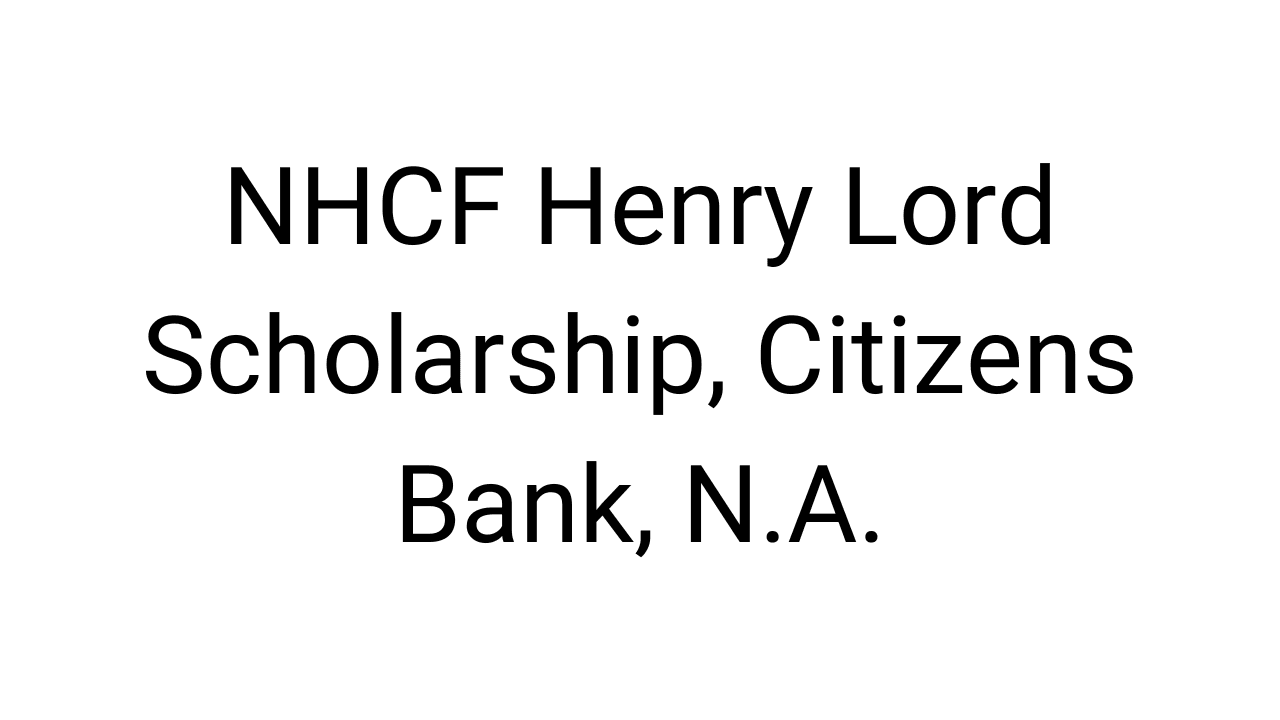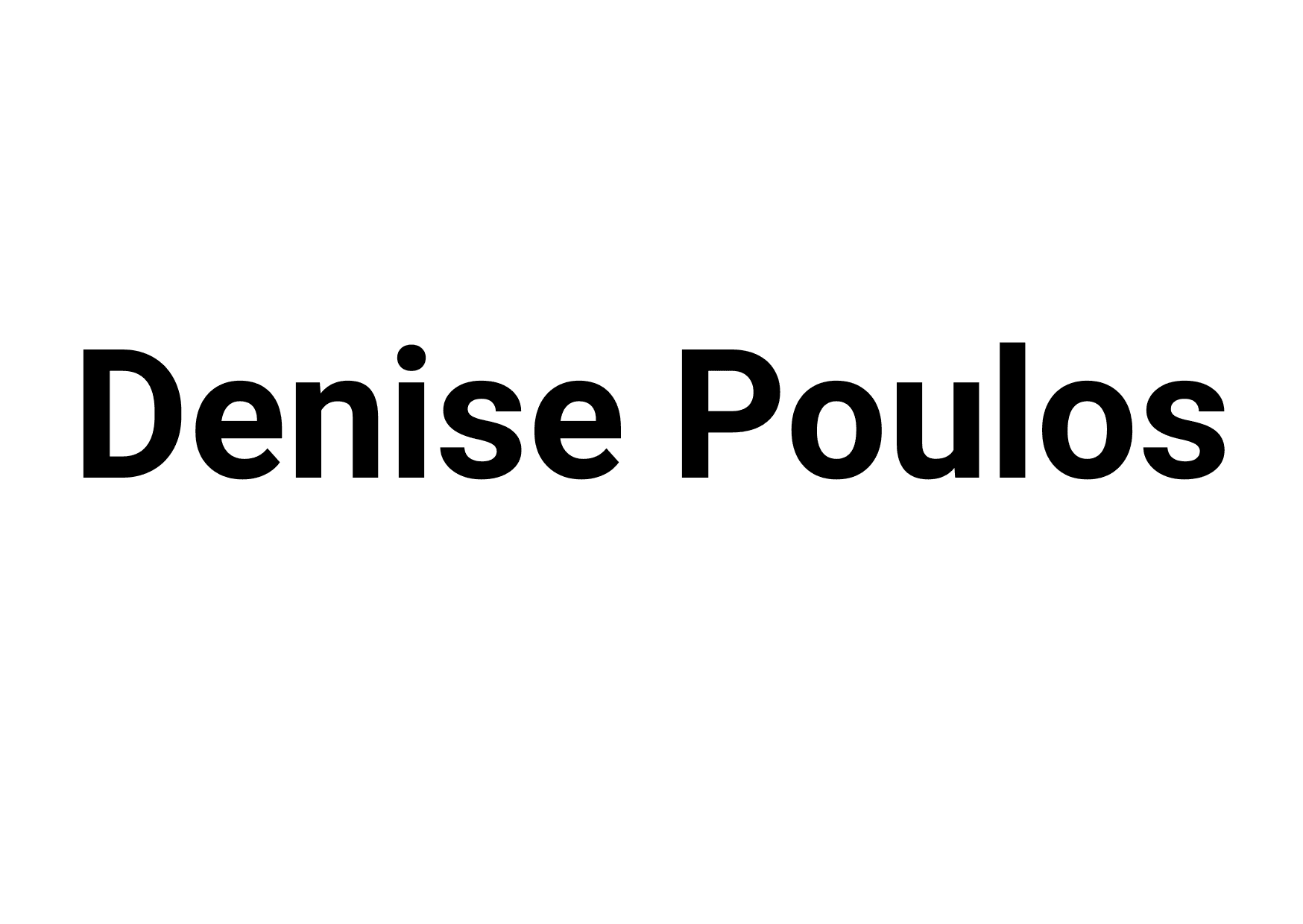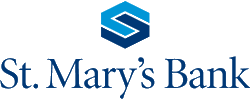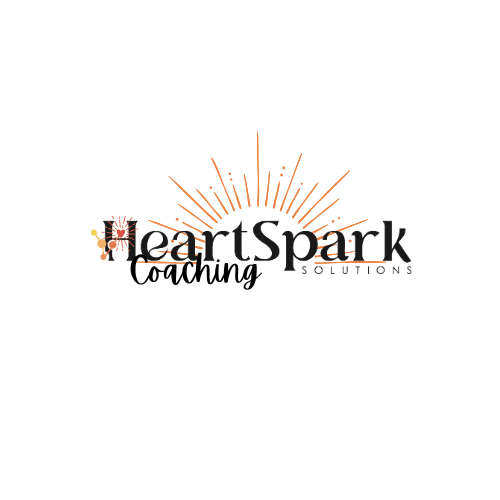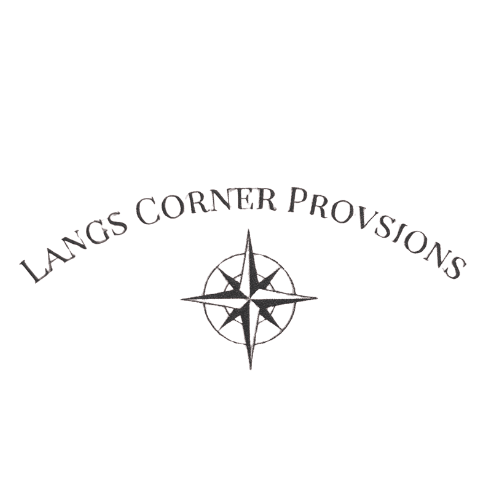Deaf & Hard of Hearing (HoH)
The deaf & hard of hearing community is diverse. There are variations in how a person becomes deaf or hard of hearing, including, but not limited to: level of hearing, age of onset, educational background, communication methods, and cultural identity. How people label or identify themselves is personal and may reflect identification with the deaf & hard of hearing community, the degree to which they can hear, or the relative age of onset.
Did you know?
- About 2 to 3 out of every 1,000 children in the United States are born with a detectable level of hearing loss in one or both ears.
- Age is the strongest predictor of hearing loss among adults aged 20-69, with the greatest amount of hearing loss in the 60 to 69 age group.
- Men are almost twice as likely as women to have hearing loss among adults aged 20-69.
- About 2 percent of adults aged 45 to 54 have disabling hearing loss. The rate increases to 8.5 percent for adults aged 55 to 64. Nearly 25 percent of those aged 65 to 74 and 50 percent of those who are 75 and older have disabling hearing loss.
- Among adults aged 70 and older with hearing loss who could benefit from hearing aids, fewer than one in three (30 percent) has ever used them. Even fewer adults aged 20 to 69 (approximately 16 percent) who could benefit from wearing hearing aids have ever used them. As of December 2019, approximately 736,900 registered devices have been implanted worldwide. In the United States, roughly 118,100 devices have been implanted in adults and 65,000 in children.
YiA and Deaf & HoH
Disabilities are visible and not. Being able to offer yoga for a wide variety of abilities is a real skill, and one that is central to yoga philosophy. When teaching to diverse abilities we offer several forms of any particular shape and use language that is accessible to all cognitive abilities.
We currently offer several weekly classes for diverse abilities with trained teachers.
In the future we intend on holding Inclusion Classes (welcoming people who present with disabilities and those who don’t to practice together in the same space), developing a YTT for folks with disabilities to be lead and/or assistant instructors (with or without support from non-disabled peers).
Sources
https://www.nidcd.nih.gov/health/statistics/quick-statistics-hearing
*References on the Yoga in Action website represent a variety of perspectives & sources. They are provided for informational purposes only and do not necessarily reflect the views or opinions of Yoga in Action.*
